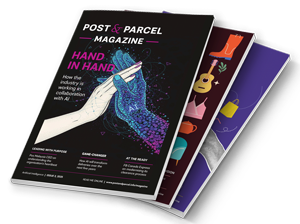
No missing mail with RFID tags, says European Commission
With full liberalisation of all the EU’s national postal services planned for 2013, the likely increase in the number of operators will make improved traceability of sent items a vital necessity to avoid dysfunctions, the European Commission has underlined, calling for the deployment of Radio Frequency Identification (RFID) chips to tackle the issue.
Indeed, all EU member states are requested to abolish lingering national monopolies on postal services by December 2012 at the latest. While the intention is to open the market to new entrants and make mail deliveries more efficient across Europe, there is also a risk that, with an increased number of actors involved in the process, items may get lost.
Innovations that can ensure the safe management of items are therefore needed and the Commission is looking at RFID as the “right” technology to do this.
Radio Frequency Identification chips have been already deployed by postal companies in around 50 countries across the world to measure the quality of their services.
Item-level tracking implies a massive deployment of RFID, potentially involving all the items sent. This would result in a close-to-zero risk of failed delivery.
To make this possible, RFID chips would have to be cheap, tiny, easily available and based on common standards. High-tech companies, like Hitachi or Motorola, are currently working to make chips more affordable and functional. The size has already decreased so much that now experts do not talk of chips, but of “smart dust”.
But interoperability remains a key concern. At the beginning of the year, the European Commission launched a two-year project called GRIFS to build a global RFID standards forum. All stakeholders agree on the need of talking and finding common grounds.
Common standards would indeed pave the way for a broader application of RFID technologies for end-users and not just service providers. Radio Frequency Identification tags could then become a day-to-day technology used for making payments through mobile phones or to check the origin of food purchased in a supermarket. The final stage would be the so-called ‘Internet of Things’, where active RFID could make objects communicate between themselves to automatically address daily needs.










![Citizens Advice: We continue to see millions of people chasing lost parcels [and] having their accessibility needs ignored](https://postandparcel.info/wp-content/uploads/2020/12/parcels-440x264.jpg)

